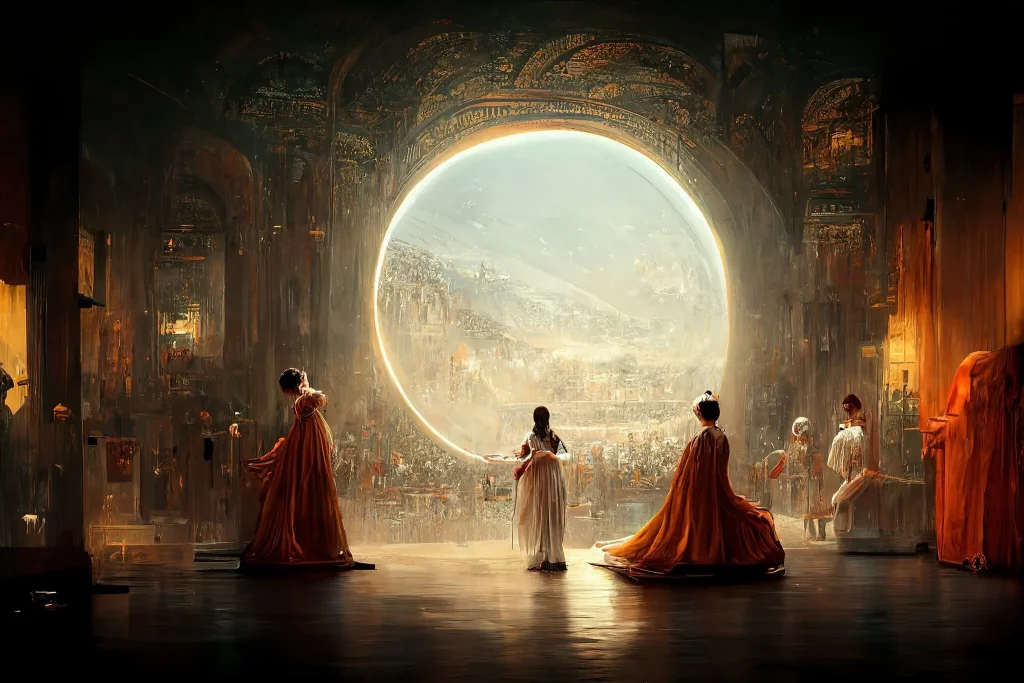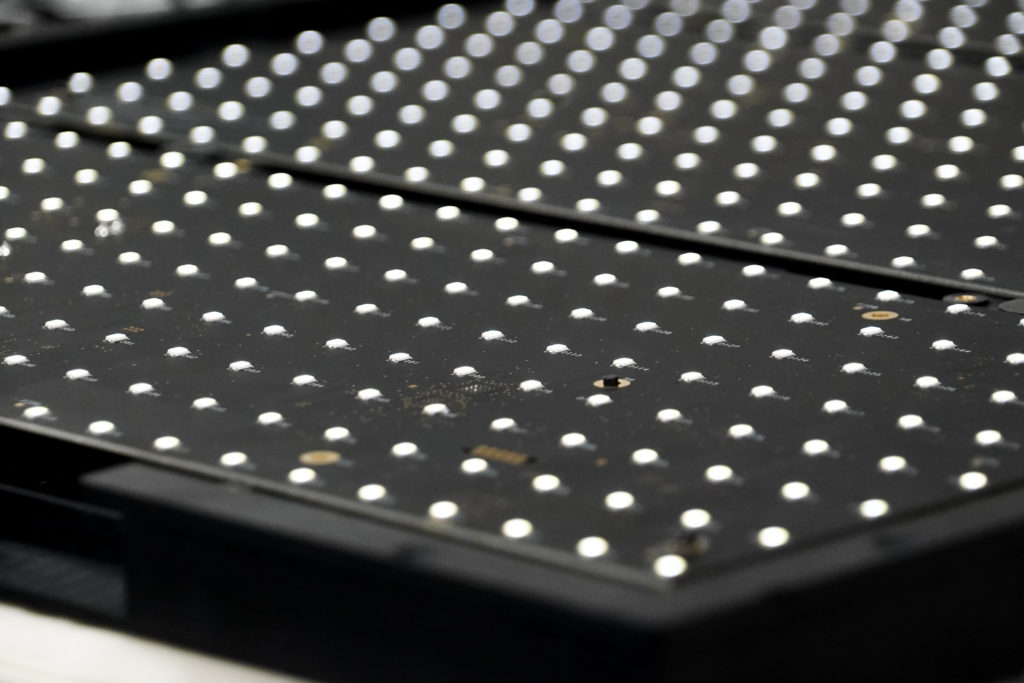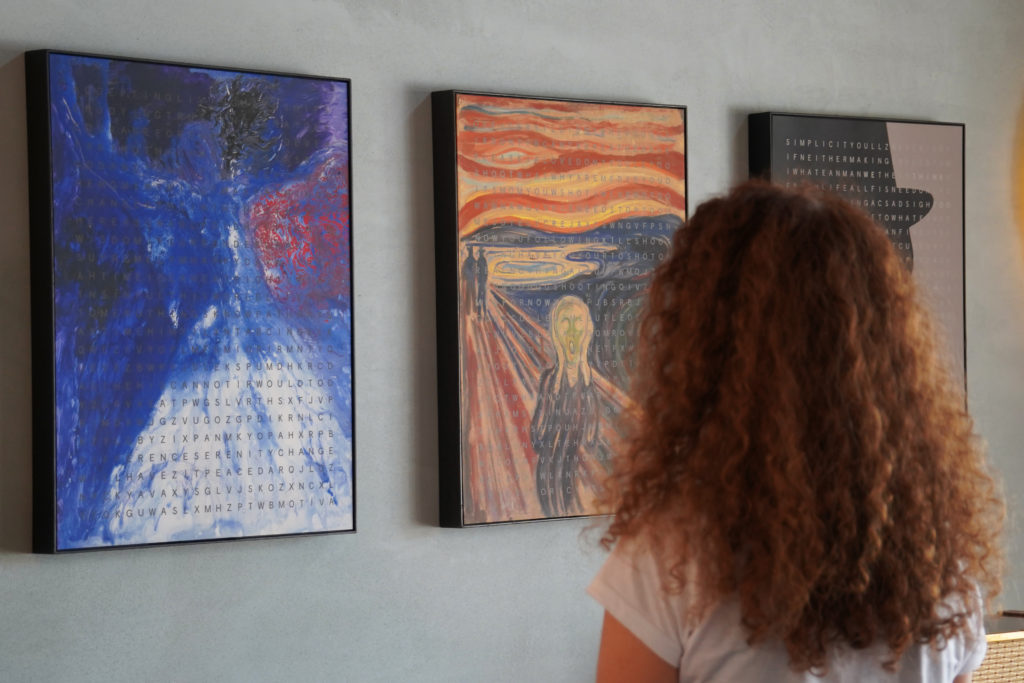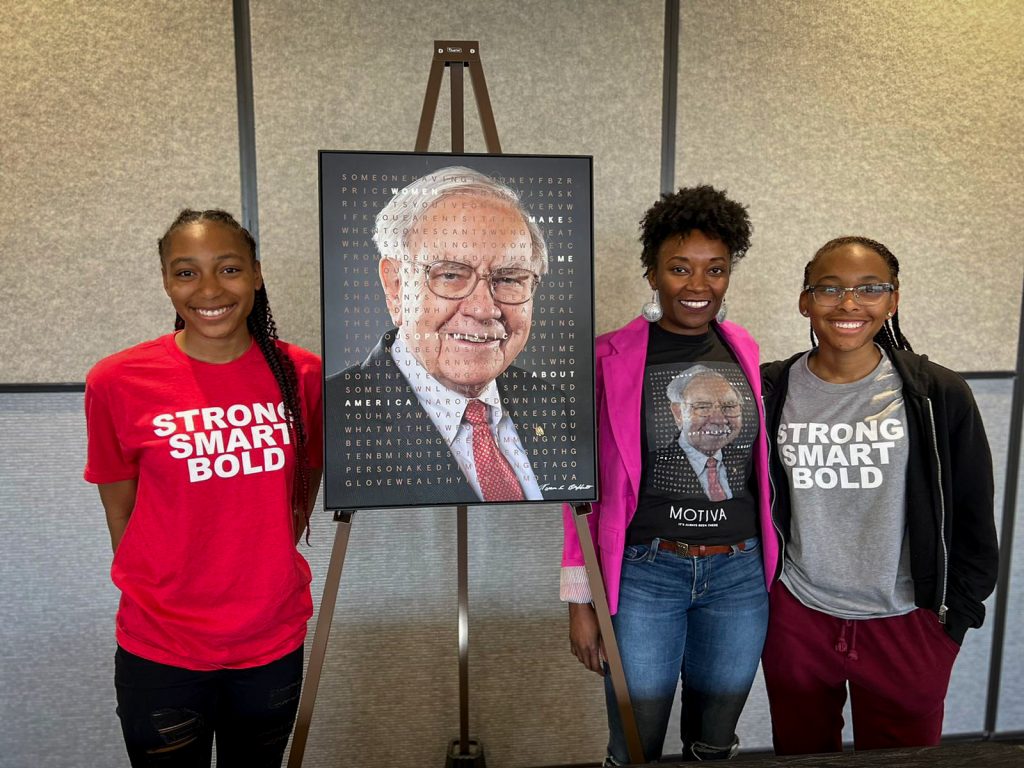“A year spent in artificial intelligence is enough to make one believe in God.”
—Alan Perlis
Would you believe it if you were told machines could cry, laugh, or even create just like humans? Well, today AI is creating art so it doesn’t seem like a far-fetched thought.
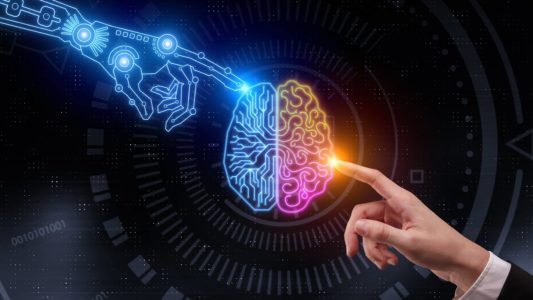
Beyong human: towards AI
Beyond Human
Traditionally, creating a piece of art or design required a human artist to put in hours of hard work. Subsequently using their skills and talent to bring their vision to life. However, with AI-powered software, it’s now possible for anyone to create complex and visually stunning images with just a few simple commands. This technology allows users to generate an almost limitless number of unique and original images. Perhaps, opening up new possibilities for creativity and self-expression.
Dall-E is a popular artificial intelligence (AI) image-generation tool that has been available to the public for the past year. It has been widely used to generate surreal and humorous images such as Walter White in Animal Crossing or Obama sipping a mimosa in the Bahamas. AI can produce all of these in less than a minute without much technical expertise.
This technology has the potential to revolutionize the way we think about creativity. And could potentially change the way we approach art and design.
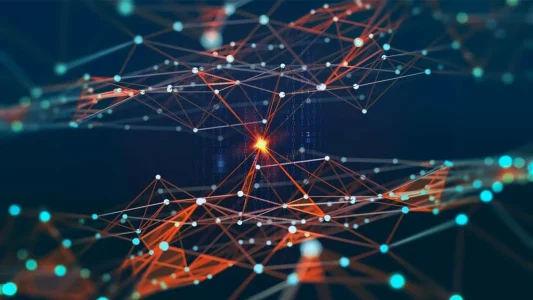
Making sense of AI
Making Sense of AI
Contemporary creators and thinkers are now tapping into the excitement of artificial intelligence. As we continue to witness rapid advancements in AI, it’s essential for us to take a step back. We need to critically examine the complexities of the human condition and the ever-evolving relationship between science and technology.
Both academic discussions on AI and artistic expressions powered by AI can provide valuable insights. And can serve as entry points for further exploration of- the role of algorithms in society and the impact they have on our world. It’s exciting to consider the potential of AI. But it’s equally important to consider the ethical implications and ensure that we are using it in a responsible and sustainable manner.
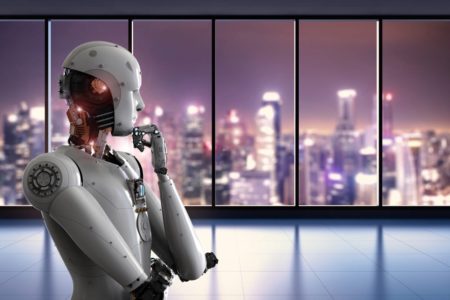
The AI debate
The AI Art Debate
Artificial intelligence (AI) is becoming more advanced and is able to mimic human behavior, including creating art. The proliferation of AI-generated images has raised a number of ethical and philosophical questions. Which include concerns about plagiarism, authorship, and the role of human labor.
One of the most important questions raised by this technology is whether it signals the end of human creativity. Daily, millions of AI-generated images are created leading to debates about the implications for society and the future of art and design.
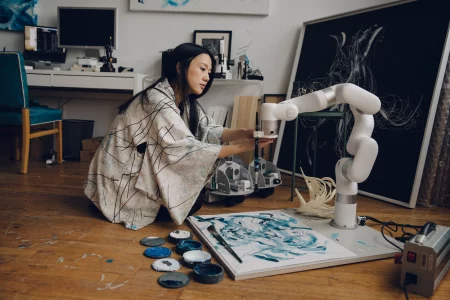
Redefining the artist
Re-Defining ‘The Artist’
Creativity and artistic expression have been considered features exclusive to human intelligence. One of the biggest criticisms of intelligent machines is that they lack the ability to “imagine” and “think” beyond their programming. And the ‘humane’ ability to experience emotions, and make inferences. Soon that may no longer be the case.
Experts are attempting to program intelligent machines that create works of art. As tech redefines art, new questions will come up. Who is the real artist, for example, the programmers that coded the AI or the AI itself?
Can a machine really express itself if it isn’t conscious? Can a machine create ‘real’ art?
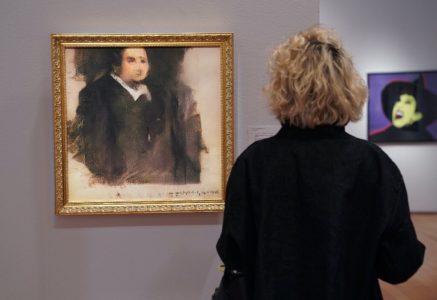
Edmund De Bellamy by ‘Obvious’
Spelling Out What is Art
Defining what qualifies as “art” has always been a complex and contentious issue. Art does not easily fit into traditional categories and may not be a naturally occurring phenomenon. One approach to defining art is the institutional theory, which holds that if our social institutions, such as galleries and auction houses, recognize an object as art, then it is considered art.
The “Portrait of Edmond Belamy” which was auctioned and sold in 2018 by Christie’s certainly brought light to the question of what is art, and what constitutes ‘real’ versus authentic when algorithms come into the picture, literally.
AI art doesn’t fit neatly into our traditional understanding of what art is, and the debate over its status as art is likely to continue.
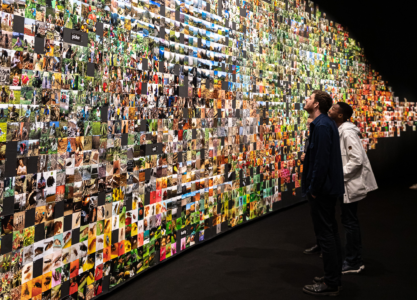
Authenticity in AI
The Problem of Authenticity in AI Art
AI-generated art raises important questions about copyright. Often, algorithms trained on human-generated content create images without seeking consent or compensation from the original creators.
Services like Dall-E and Midjourney are now offering commercial rights to premium subscribers for the images they create, leading to concerns about the legal implications of using and selling AI-generated art.
As technology continues to advance, it is likely that we will see more court cases addressing these issues and setting precedents for the use and ownership of AI-generated art.
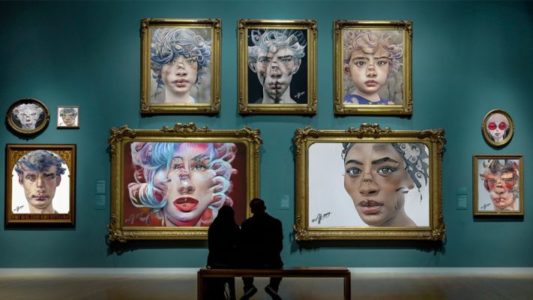
The future of AI-generated art
What is The Future of AI Art?
AI image generation technology is rapidly evolving, within the next year, we can expect tools that can create 3D models and videos as easily as current AI image generation tools. These tools will likely become more advanced, affordable, and widespread over the next decade, becoming a ubiquitous part of our daily lives.
There is also a possibility that social media platforms will integrate AI image generation which could become a common form of communication, similar to emojis and gifs. It will be interesting to see how these developments in AI technology shape the way we communicate and create art.
This progressive creative approach should be pushing boundaries. It should be raising these difficult questions. It should be causing arguments and soul-searching. Art continually pushes boundaries.
So as we try to push the boundaries of the creative process, the question “but is it art?” should show that we might just be onto something.

